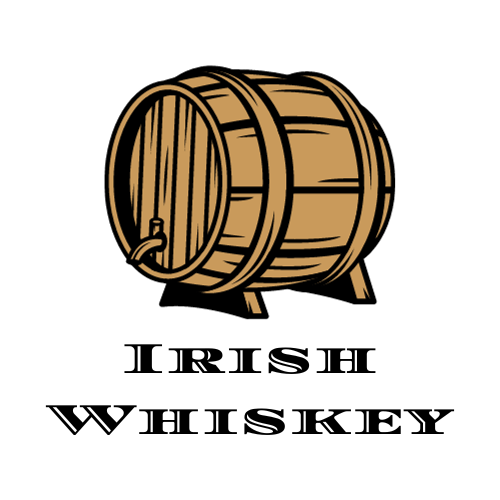Discover the best Irish whiskey brand among whiskey enthusiasts! Explore popular contenders like Jameson, Bushmills, and Teeling in this informative article. Join us on a delicious journey through the world of Irish whiskey.
Can Tequila And Whiskey Be Mixed?
Discover the possibilities of mixing tequila and whiskey, debunk common misconceptions, and get tips on creating your own unique blends. Explore the intriguing world of tequila and whiskey mixology!
How To Make Homemade Absinthe Easily?
Learn how to make homemade absinthe easily with our step-by-step guide. From choosing the right ingredients to the distillation process, we’ve got you covered. Start your absinthe-making journey today!
How To Make Delicious Brandy Cream?
Learn how to make delicious brandy cream with this easy-to-follow recipe. Impress your family and friends with this creamy and boozy treat.
How Strong Is Traditional Absinthe Alcohol Content?
Discover the strength of traditional absinthe in this informative post. From its history to production, we dive into the world of absinthe and shed light on its alcohol content. Get ready to be amazed!
How Much Sugar Is In Whiskey Production?
Discover the fascinating relationship between sugar and whiskey production. From fermentation to flavor and quality, uncover the sweet side of whiskey.
What Are Some Ideal Mixers To Pair With Whiskey?
Looking to enhance your whiskey experience? Discover some ideal mixers to pair with whiskey, from classic soda options to refreshing fruit juices. Cheers!
How To Properly Drink Brandy?
Discover how to properly drink brandy to enhance your experience. From selecting the right glass to savoring flavors, we’ll cover it all. Cheers!
How To Malt Corn For Crafting Whiskey At Home?
Learn how to malt corn for crafting whiskey at home. From selecting the right corn to drying and kilning, this article covers all the steps and FAQs.
What Is The Proper Way To Serve Absinthe Traditionally?
Learn the traditional way to serve absinthe, from the glass to the ritualistic preparation. Enhance your absinthe-drinking experience by following these authentic methods.











